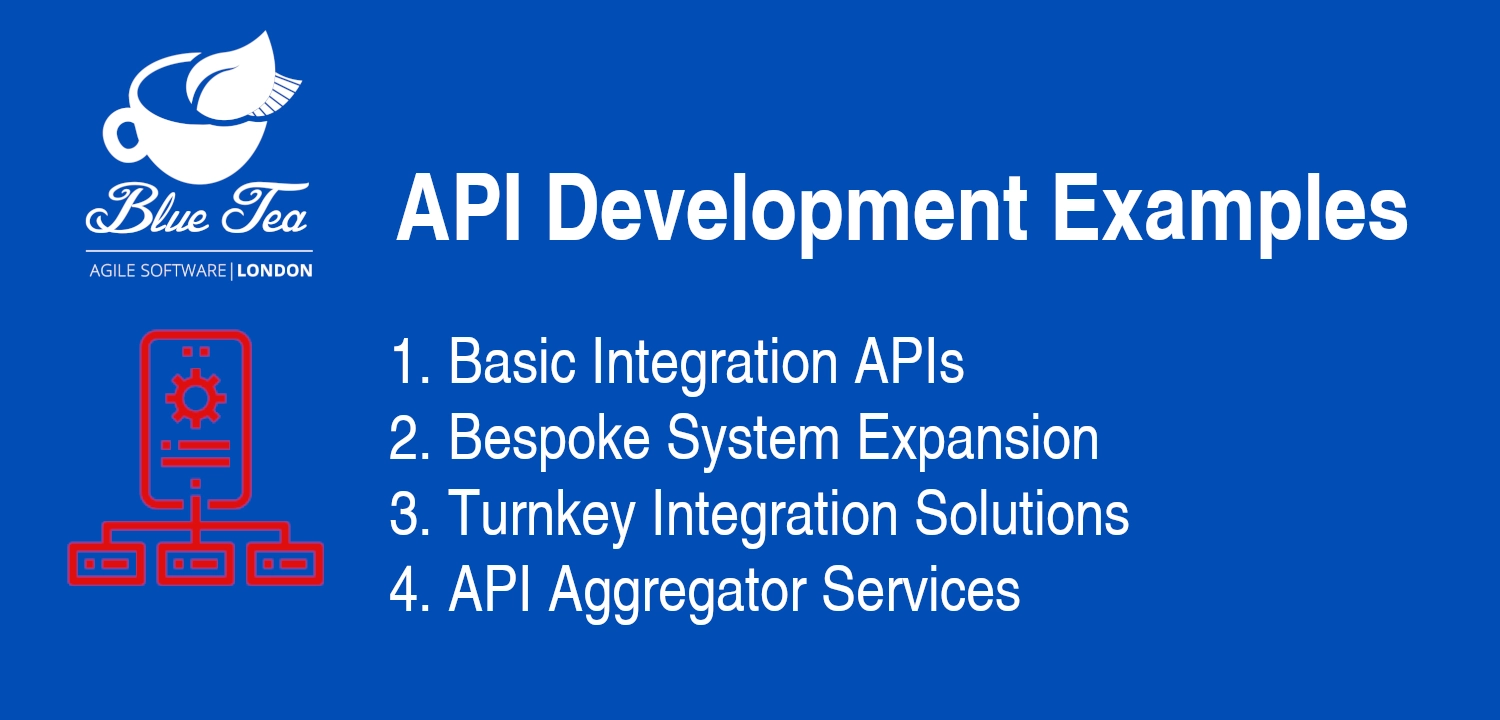Application Programming Interface (API) development stands as a crucial element for enabling seamless interaction between different software systems. This article delves into four essential types of API development examples, each catering to specific organisational needs and goals. By understanding these types, businesses can better navigate the complexities of digital transformation and system integration.
1. Basic Integration APIs
The primary aim of API development is to connect one system with another, facilitating data exchange and operational synergy. For many organisations, especially those expanding their digital infrastructure, the need arises to integrate existing systems with new ones or to connect bespoke systems. A common scenario involves integrating a specialised function, like a booking system, with an existing calendar application (e.g., Microsoft 365). This integration allows for an enhanced user experience by leveraging familiar interfaces while adding contextual awareness to the platform regarding bookings and availability.
2. Bespoke System Expansion
As businesses grow, so does the complexity of their digital ecosystems. Companies often find themselves in need of bespoke systems that can integrate with their existing infrastructure to support new functions or enhance user experiences. An example would be a company expanding its employee assistance programme through a new booking system that integrates with their existing calendar systems. This approach highlights the importance of developing APIs that can facilitate such integrations, streamlining processes like scheduling, rescheduling, and managing appointments.
3. Turnkey Integration Solutions
Some integration needs can be met with turnkey solutions that offer out-of-the-box compatibility between systems. For instance, integrating scheduling tools like Calendly with email platforms such as Microsoft Outlook or Google Calendar. These solutions simplify the process by providing built-in connectivity options, reducing the need for custom development. However, even turnkey solutions may require some level of technical expertise to ensure seamless integration and optimal functionality.
4. API Aggregator Services
For more complex integration scenarios where direct connectivity between systems is not available, API aggregator services like Zapier, Microsoft Power Automate, or Zoho Flow come into play. These platforms act as intermediaries, offering a suite of pre-built APIs that connect a wide range of applications and services. This approach is particularly useful for bridging gaps between systems that do not natively support direct integration, enabling functionalities such as automating data transfer between an accounting package and a business intelligence tool, or sending notifications from one platform to another.
Final Notes
In conclusion, API development is a multifaceted domain with various approaches to system integration and enhancement. From basic integrations to bespoke expansions, turnkey solutions, and aggregator services, understanding these types allows organisations to make informed decisions that align with their operational goals and technical capabilities. As businesses continue to navigate the digital landscape, the role of APIs in achieving seamless interoperability and enhancing user experiences remains paramount.




